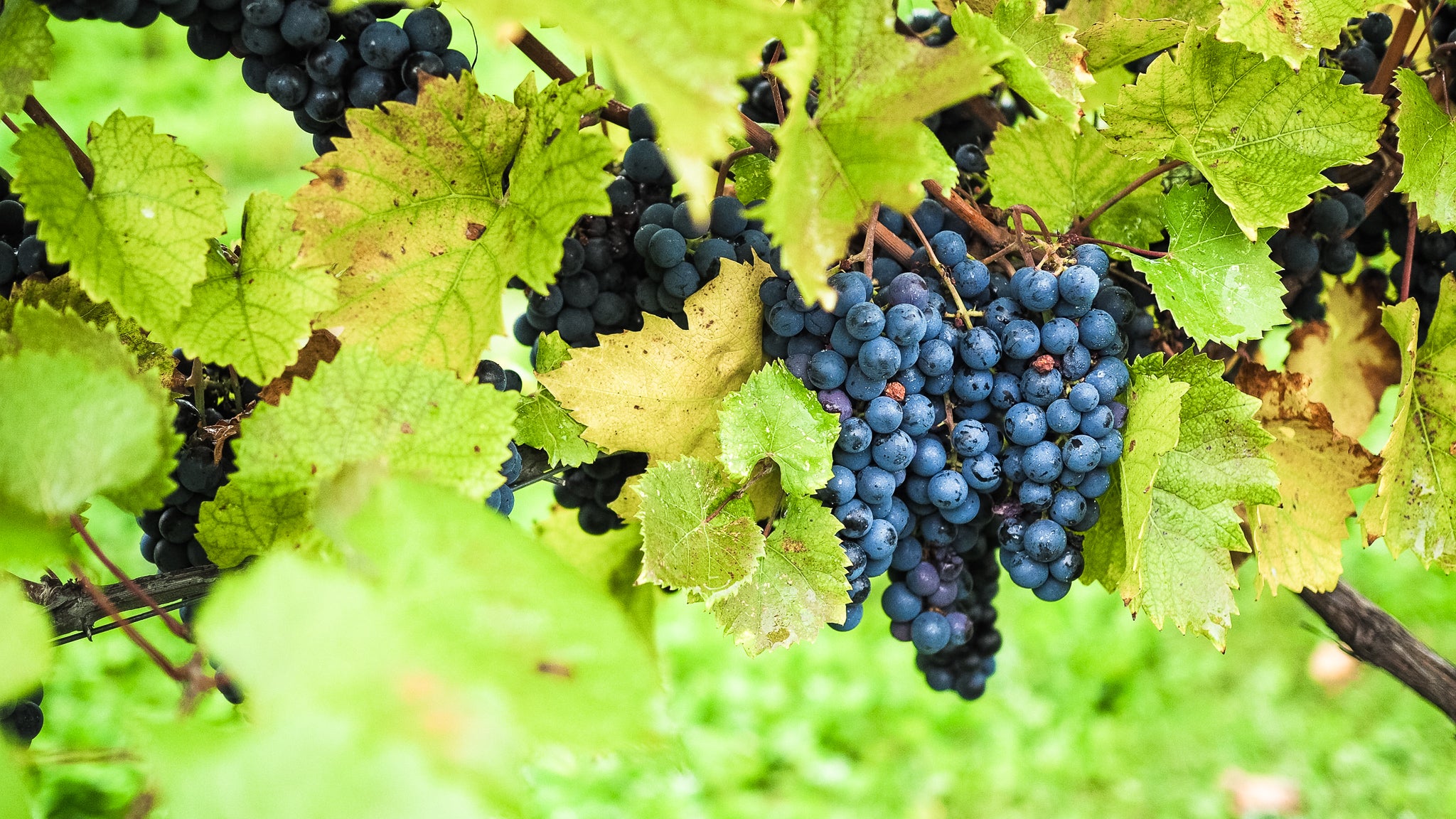It’s the time of year in the County where you can feed off the energy, anticipation, and excitement in the air — it’s officially time for harvest 2021. There were a lot of predictions about when harvest would start this year in PEC, and it really differed depending on who you asked. The slightest change in location can really impact the timing of when you’d pick your grapes. The team at Traynor was always looking to an early October harvest, but one thing they couldn’t predict were the grapes being delivered from Niagara as early as mid-September. With the non-stop rain in Niagara, there was no choice but to pick, and when the grapes come in, the grapes come in.
So, what’s happening in terms of harvest? When it comes to picking fruit from the Traynor vineyard, the first week of October the Sauvignon Blanc and Frontenac Gris came off the vines and is now complete, and the second week of October will be all about the Marquette and Chardonnay. The winery has also received Gamay, Sauvignon Blanc and Pinot Gris from Niagara, as well as some local County Gamay and Vidal.
This was Traynor’s second straight year of 100% organic practices on the vineyard — that means the team didn’t use a single insecticide on the vines. The only product the team used to protect the plants throughout the season was Epsom salts, baking soda, sulphur, and copper. This year the team also used a foliage spray called Nurture Growth, an organic fertilizer, which resulted in the vines growing a lot healthier. There was no need to irrigate the vines this year, and Mike is thinking this had to do with the introduction of the fertilizer since it leaves almost a waxy layer on the leaves which helps them from perspiring as much. An added and unexpected bonus to this fertilizer was its pungent smell — it smells seriously bad — but with that came less bugs. Mike is convinced the awful smell drove the bugs away, although this isn’t 100% proven, it’s a possibility.

When speaking to the season itself, Mike chuckled — the year started off really dry, got really wet, got really dry, and now it’s really wet. It was a typical growing season in Ontario where it is anyone’s guess, and the winemakers and their teams are just along for the ride.
The constant rain the County has been experiencing the past few weeks can also be hard on the fruit, especially after the extreme drought that we went through. The skins are not used to this much water, so the fruit breaks down a little earlier than it would typically, but ultimately should not impact the wine — Mike and Richard are meticulous about holding onto wine until it’s just right and ready to be released. This does impact the winery’s yield however, so they are being cautious about picking overly early.
When looking at the season in terms of the wine it will produce, it is a typical year for Ontario wines — the sugars aren’t overly high and about average, and the acidity is looking good on everything that the winery has received or picked so far. Compare these observations to a year like 2020, where the fruit was very ripe, or even three years ago when the fruit was slightly underripe, and you will start to be able to compare the final products and gain an understanding of how climate impacts the wine in the glass. All in all, having an average year on the vineyard is a good thing, and seen as something worth celebrating.
There is no denying that the climate is getting warmer over the years, and this is being experienced across most wine growing regions. Mike’s first winemaking years were in 2000-2001, which were amazing years for Ontario wines, and the grapes were making lighter wines, sitting at around a maximum 13% ABV. Today, it isn’t out of the question to be able to produce a wine close to 15%. Things have really warmed up over the last 20 years — an extra 1% of alcohol requires about two more weeks of ripening, which means in just two decades we are experiencing an extra 4-5 weeks’ worth of ripening. That’s a lot. That can change the range of varieties vineyards grow, meaning some vineyards might even have to replant or rethink the fruit they are producing if this continues. Riesling never ripened well in the County, but it’s getting to the point that it just might.
While grapes are arriving and being picked, the team is already busy bottling Pét Nat, which is earlier than in previous years, as well as working on some completely new projects to be released throughout the fall and into the New Year — stay tuned!

—
It’s an amazing time to give the winery a visit and check out the ever-changing grapes on the vines. Check out @traynorvineyards on social for real-time updates and details about how you can visit.












